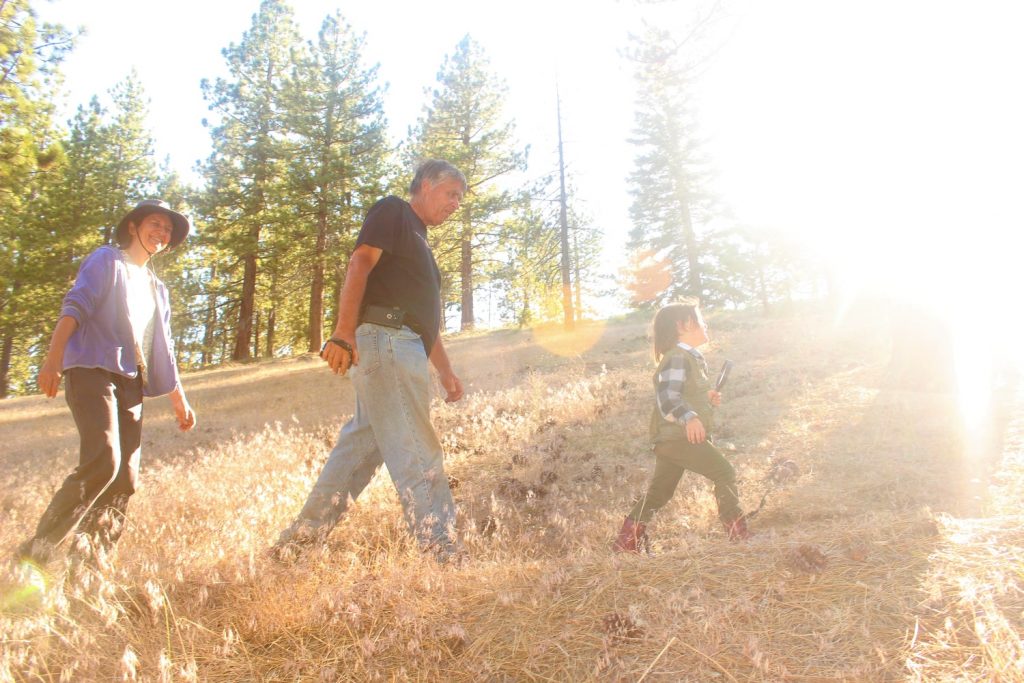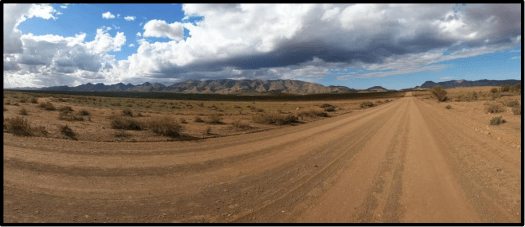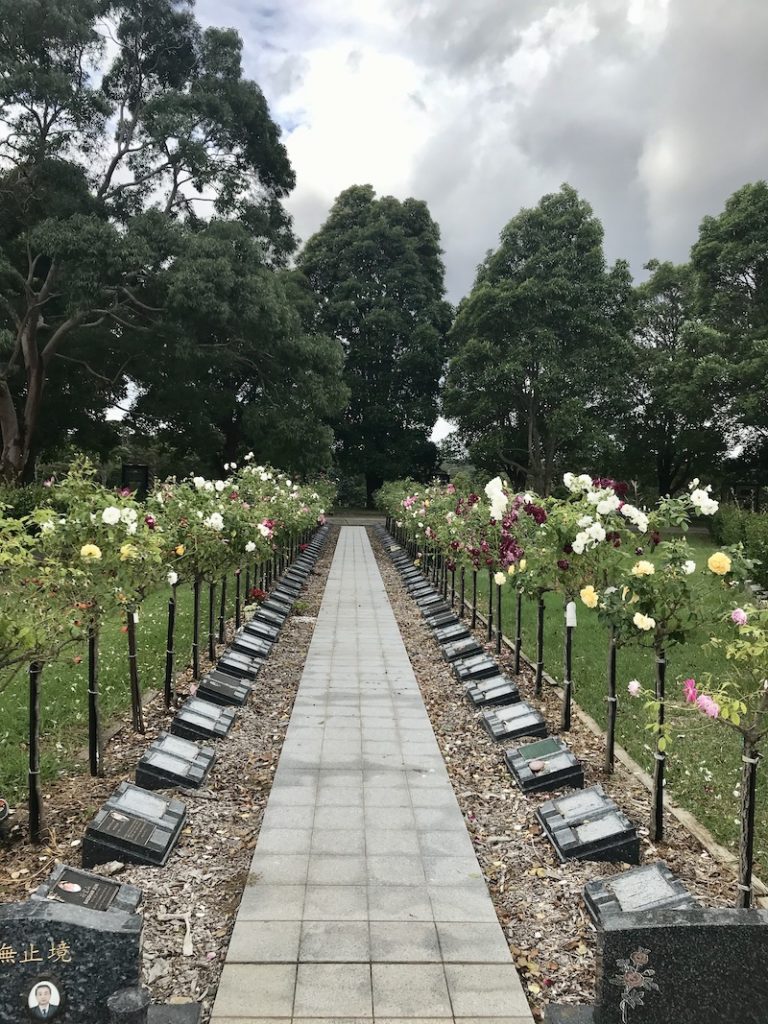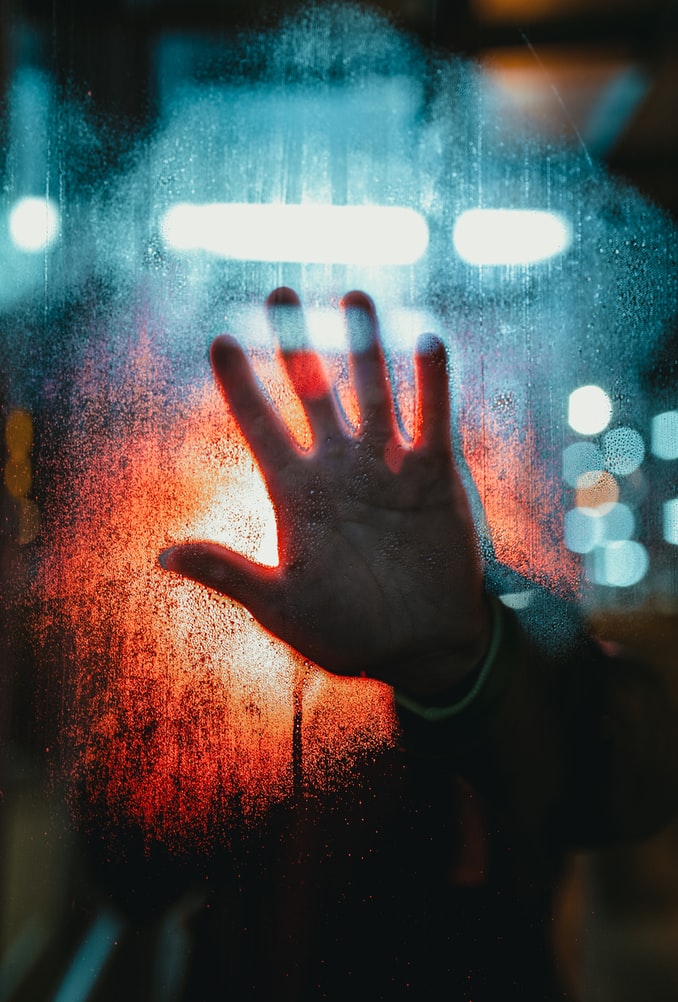Egypt,
Naqada III: Cosmetic Palette
Addax bulls clashed by the acacias, trampling the
savanna. They gnashed and snorted, grumbling up dust, and leaving pits in the
dirt. Females and non-contenders ruminated around them, as if oblivious.
Giraffes observed from their troop, swishing their tails, and smacking their
jaws.
Before the pharaohs of Egypt, wild
dogs welcomed the flush of the Nile with each monsoon season. The flooded banks
were silty and lush, and the dogs lifted their prints abundant in the soil. A
short distance away, out of sight and downwind, a young man squatted in the
grass. He turned over a smooth slab of stone in his hands, thumbs tracing
invisible, circular patterns on its surface. The energy of the season runs
rampant on the Nile plains after the flood; he had come to watch nature’s
competition and rage. The energy of the wild has long drawn humans in, has long
been carved into cave walls and flat stones.
The bulls grind their horns and swung one
another with the weight of their bodies, with the sort of force would shatter a
human spine.
The giraffes swayed their necks as
they scoped the grass. Out on the plain, the wild dogs padded low to the
ground, attracted by the stench of the addax herd. A juvenile addax stood close
to her mother, her swollen eyes following the pacing of the dogs. The troop of
giraffes had noticed, idling by the acacia trees, gumming slow at the greenery.
Perhaps too tall and large to be threatened, the giraffe has long been a
lookout for herds while the antelope are distracted by their rituals.
Four dogs stooped out from the
spindles, teeth like splinters; they yowled and panted with impatience. The man
had not seen one himself in many years; they had become more uncommon around
the Nile banks at this time, driven away by the yelling and brashness of new
farmers. Addax tails flicked and hooves stamped, compacting the dirt in a brave
defiance. He watched as the calf is swallowed by the herd, and the bulls break
apart, bowing their heads, rubbing their muzzles.
All eyes lingered on the circling painted dogs, pressuring calm upon the herd, now docile like cattle. He searched for the calf but could now barely see her tiny hooves through the dirt and knees and grass. She ducked her head to the pasture. All about her, there was a stillness, and she was at ease with the dogs’ distance. In his hand, the man turned his stone over again, and envisaged the dogs as natural shepherds of the desert creatures.
*
Ethiopia, Middle Ages: Tigrean Shepherd
‘Your blood is the blood of a wolf,’ the shepherd had
told his son, when he was old enough to help him watch the herd. The Tigrean
people once carried their speared weapons and fought off the wolves in jabs and
gashes. Tribesmen would hobble home with game strung across their shoulders,
legs and arms bloodied with the indents of wolf teeth. It was said that contact
with wolf blood was deadly, and wolves have always been cunning. They dip their
tails into their own fresh wounds, smearing and flicking their blood to their
attackers. It would only be a matter of hours until death.
The boy had never known the death
of a tribesman by wolves in his lifetime, and his father confessed neither had
he. He said it was because their people do not take chances anymore. Once
revered as a hunter, wolves had almost been banished from the region in an
intentional persecution. Hearing of an encounter was rare; seeing one even
rarer.
Ears like broad leaves sprouted
round and brown against the grass, visible for only a moment before they ducked
out of sight, down low to the soils. The sweep and sigh of the savanna hushed
the footsteps of stealth hunters. The cattle shuddered their hide, and trotted wearily
together, straying from their shepherd. He hissed and clamped a hand to his
son’s shoulder. ‘Wolves’, he said, and the boy’s eyes
darted, searching for a resurface of those ears, a snout, any soft sound or
crackle of grass to give the wolves away. But there was nothing.
His father had told him when he was
young that wolves would plunder their farms, gut their livestock in mere
moments. Burdened by the increasing weight of riverbed stones, feet caked in
clay, the boy had toiled through dry rivers much of that morning. The stones
were chosen for their bluntness and heaviness, and were carried by his father
in a leather pouch. Stoning the wolf was the only way, his father had told him,
so that they could avoid the splash of blood.
A lone wolf, smeared with ochres
and white, made a dash from the grasses. The cattle dispersed flightily,
snorting, tossing their heads and brandishing their horns. The boy’s eyes were
trained on the wolf; he watched the tail, held high like a white feather, and
the legs, true strength underestimated as they pranced and pounced about the
bull. The wolf was more beautiful than he imagined; the coat was painted like
the rocks and trees under foliage shadows of the summer Sun. Seeing the beast,
he did not doubt the magic of its blood — indeed the blood running through his
own body. He gripped his wrist as he watched saliva drip from the peeled back
lips of the wolves, with more emerging from the grasses. His pulse was warm and
alive, in time with the hammer of his heart. The wolf gaped a yawn, tongue
curled and long, teeth too large for its mouth.
The shepherd thrusted some river stones into his boy’s hands. The boy clenched them, clenched them tight until his palms ached. He watched the wolves, dancing around the cattle as though magical beasts. His father threw the first stone.
*
Botswana,
Holocene: Abathwa Shaman
Crocodile mouths mustered at the banks, basking
together in the afternoon. The Okavango Delta was a great reflection of the
skies, vegetation sprouting from the waters in a patchy network of greens and
yellows. Lechwe cautiously waded through the shallows, nipping at reeds, but
the crocodiles were lethargic in the warmth, their jaws agape.
A lone wild dog laid in the shade
of fig trees. His nose twitched with the scents of the lechwe on the wind. He
had come far from his den in search of food and water; back home, even the
blood of brawny bucks soaked the soil and spoiled the waterways. Great
predators brandished spears, and stamped their feet, howling sounds that
stirred his dwindling pack. They brought anguish to the lands, and herds, and
packs.
It was to be a bountiful time for
the Abathwa. The Moon shone full at night, and the sunshine beat onto the delta
in the day. A young woman rattled through young sycamores for figs and flowers.
She would collect enough to bring to her family, and the shaman, out of
gratitude for what he had done for her. It had been early when the shaman set
out alone, toward the rivers of the delta. Now, the Sun was high, and the
plains were dreary. She intended to meet him by the first fork in the river
when the Sun was peak overhead. Clutching her weaved basket, she called a
notice to her brothers, and headed toward the river.
The wild dog was strewn through
exertion, though he had not hunted. The wealth of prey animals at the delta
showcased individuals too fit and fine for him to take down alone. The heat
made him languorous, and he wobbled on shaky legs as he trod back through the
mud and to the solid bank.
The woman traversed the low
grasses, gently batting aside the katydids that leapt up in her foot-worn path.
She idled by the rain trees at the first river fork, taking in the buzz and
warmth of the sun-soaked waterways. So far on the horizons, elephants wallowed
a path through the shallows, lifting their trunks like animate pythons.
She called for the shaman softly,
wanting to remain unobtrusive to the creatures around her, but she was answered
only by the rasp and gargle of wetland birds. Kneeling down in the shade, the
woman waited. Lechwe grumbled and huddled by the water’s edge, utterly alerted
to her. They poked up their heads, turning to the side for a better look, their
ears flicking in each and every direction.
There was a deft patter by her
side. A wolf, beautifully painted with the ochres of the land, eyed her with a
fiery yellow gaze. He dipped his head low to the ground, nose pressing to the
dirt as he heaved and huffed for her scent. The woman slowly rose from her
place in the grass, ducked low, and held a fig in her outstretched hand. He
lifted his head and retreated to the shrubs, sniveling. Quietly, she followed,
watched as the wolf padded into the grasses and finally to a clearing, where he
slackened his steps to a halt.
She squatted by the shrubbery and
observed the wolf sink and sprawl his legs across the loam. He laid his head to
the ground and closed his eyelids, whiskers twitching away flies that tried to
settle on his muzzle. Perhaps he wanted more time alone, she had pondered.
Should she have left him for when he was ready, or was this a test? Of trust?
Of loyalty?
Patiently, she waited. The wolf paid her no mind, only the occasional flick of his white-tipped tail any sign he was still living. The wolf was all ribs and hips. She rolled the fig out into the open, and the dog heaved himself up just enough to look at her. But he only lay back in the dirt. She could imagine him a dusty cavity, mummified by sunshine, and sand, and time.
*
Madikwe Reserve, Anthropocene: Lycaon pictus
I set out in the early morning, just as sunlight seeped
through the Boscia trees. At first light, the pups
play, gnawing at their lazing mother’s ears and toes. She wiggles them off,
gently kicking her legs in irritation. Her name is Smilo, and she is currently
the alpha female. Her mate is Zenzo, and together they have eight pups of six
weeks old.
It is good to see a new generation
in the Madikwe pack. There were concerns that the populations of South Africa
would not bounce back, but the enforced borders of the park have reinvigorated
the grassland ecosystems, with the African wild dog playing a central role in
its health and sustainability. The wild dog is critically endangered, seen as a
pest to cattle in many agricultural African tribes, and it has been this way
for many hundreds of years. Once a common and successful predator, the
population has fragmented over thousands of years; the clustered distributions
whisper of ancient unity, in a time where wild dog populations ranged from
Egypt to South Africa. It is my duty to make logs on the Madikwe pack and its
members, track their health and monitor their safety.
Pack life of African wild dogs is
unique among carnivores; it revolves around the pups’ care, and a strong social
cohesion among all members. The mature individuals watch one another, and all
participate in the protection of the pups. The alpha pair will eat at a kill to
regurgitate to their pups before they are old enough to eat solids or partake
in hunts. A pack of African wild dogs is more than a dynamic social hierarchy.
A pack of African wild dogs is a family unit.
In the last few months, I have
observed and documented a bond between brothers, strong yet unsurprising to me.
The African wild dog is sorely misunderstood, particularly within its own
nations…
It was a mid-morning hunt. The African
wild dog is one of two exclusively diurnal predators in Africa (the other being
the cheetah, needing visual acuity to chase down antelope at such great
speeds). At night, the savanna belongs to the lions, leopards and hyenas.
The dogs were snarling, snapping at
the ankles and hind of a warthog by the water. Their tails were held high, and
their heads low. They lunged together in rhythm-like fashion, from all sides.
Zenzo, as the alpha, took front and centre. The alpha of wild dog packs bears
responsibility that is unknown to male lions and matriarchal hyenas. They place
themselves in danger’s way, holding hazardous prey down while their pack
launches attack after sharp attack. Zenzo bared his teeth, biting at the snout,
clamping the boar in a bone vice.
They were head to head, predator
and prey, tusks protruding beyond Zenzo’s ears. I can imagine the snorting
aggression between the two, all spit and humid breath. The boar flicked his
tail, swung his head and shook Zenzo side to side. Zenzo wailed loud and long,
scampering back from those tusks. The pack hovered around him as he recoiled,
tails furious and ears flat to their heads as they form a wall to protect their
alpha.
I wanted to throw myself between
them, too — the stupidity of it – I know I would be easily perceived as a
threat or prey.
As the Sun set, the pack retreated
to their den. Zenzo distanced himself, likely to keep predators from
investigating around Smilo and the pups. He was gashed, and the scent of blood
was a sickly-sweet stench to nocturnal creatures. We monitored him closely from
our van, praying that he would get through the coming night. He was barely in
condition to walk to safety.
The pack had managed to bring down
a young kudu that same evening, after Zenzo was injured. Lead valiantly by his
brother – Sipho is his name — they brought the kudu down and devoured most of
it within half an hour. African wild dogs are small and must eat their shares
quickly. The stink of an open carcass attracts much larger, and more ferocious,
predators from miles around.
The team and I watched as Sipho
gnashed through pelage to the guts of the kudu calf. The pups propped
themselves on their paws and scoffed at the meat, but Sipho ate his fill as
priority. This was curious behaviour. He slunk off
from the feeding pack, and we tracked him to an outcrop in the rock. In the
dying light, with tender vocalisations, were both
brothers.
We watched as Sipho approached the
alpha, began panting and gagging, stretching his neck. He bent down to Zenzo,
regurgitating into his mouth as if the alpha was a pup. We watched, grasping
each other’s sleeves, and at our binoculars, and our digital cameras.
This detour from an afternoon kill
to the rock outcrop became habitual, and we were privileged to document this
behaviour. Each evening we would observe from afar as Sipho padded away from
the group and made the (sometimes long) trek back to the place Zenzo rested. We
watched as Sipho nursed his brother and nibbled his ears, even laying with him
hours after dark.
I had mentioned this bond was unsurprising, but it filled me with a sense of pure compassion for the Madikwe pack, for Zenzo, for Sipho. The day we saw Zenzo follow his brother back to the den, we celebrated. And with frantic sniffing and wagging tails, the Madikwe pack celebrated the return of their alpha.
Endnotes
Baines, J. (1993). Symbolic roles
of canine figures on early monuments. Archéo-Nil: Revue de
la société pour l’étude des cultures
prépharaoniques de la vallée du Nil, 3, 57—74.
Fraser-Celin, V., Hovorka, A. J.,
Hovork, M. & Maude, G. (2017). Farmer-African wild dog (Lycaon pictus) relations in
the eastern Kalahari region of Botswana. Koedoe, 59(2), 1—10.
Littmann, E. (1910). Tales,
customs, names and dirges of the Tigre Tribes: English translation. Publications
of the Princeton Expedition of Abyssinia, 2, 79—80.
Lyamuya, R. D., Masenga, E. H.,
Fyumagwa, R. D. & Røskaft. (2014). Human-carnivore
conflict over livestock in the eastern part of the Serengeti ecosystem, with a
particular focus on the African wild dog Lycaon pictus. Oryx, 48(3), 378—384.
Morell, V. (1996). Hope rises for Africa’s wild dog. International Wildlife, 26(3) 28—37.






















